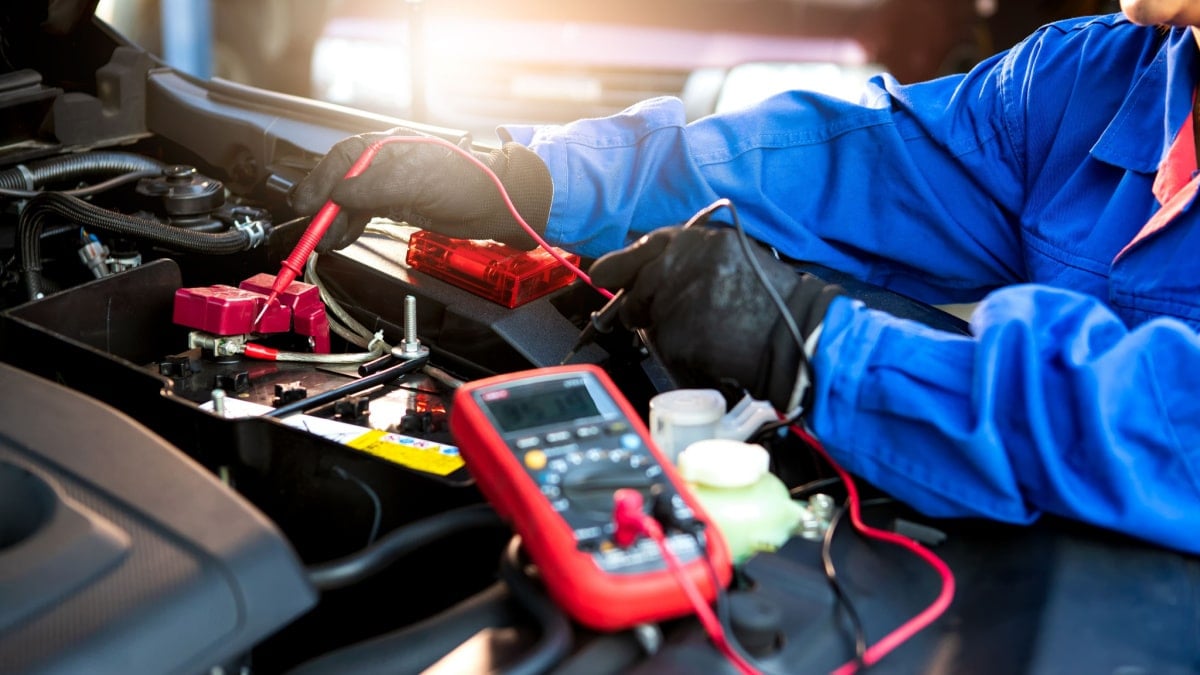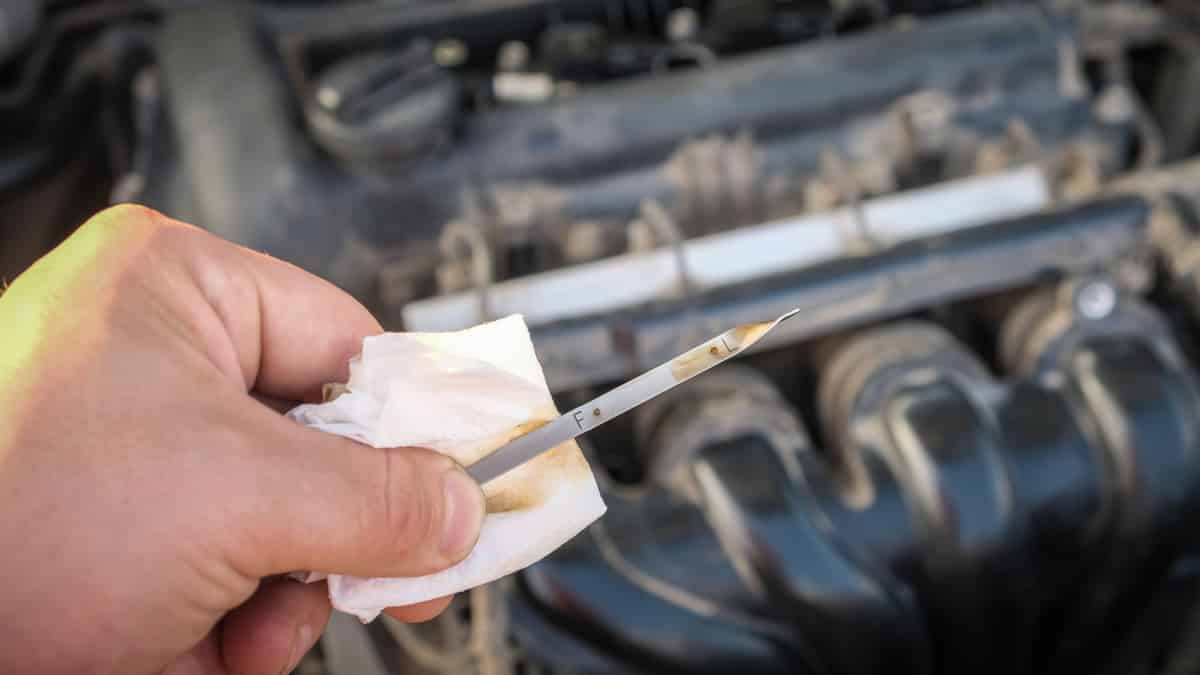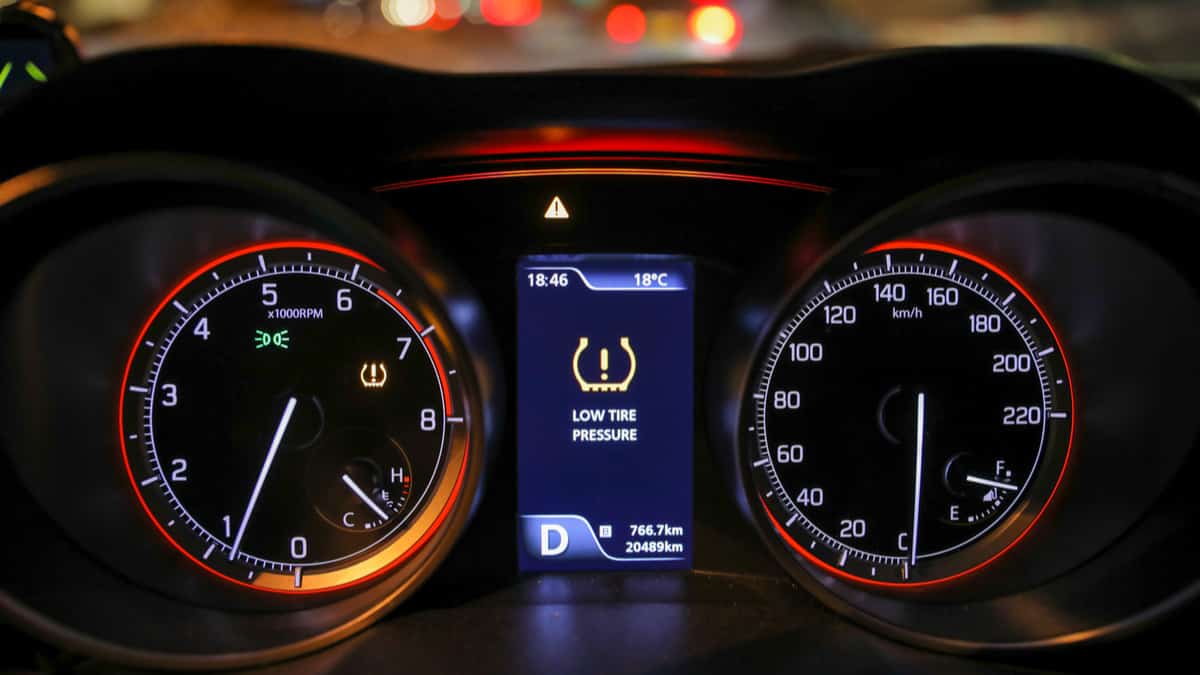The car battery plays an important role in the operation of the electrical components in the car.
It is needed to start the car, run the air conditioning, listen to music, wash the windscreen and turn on the headlights at night. If your battery has a low voltage, you will have problems starting in the morning or the headlights will be extremely weak at night.
The typical battery life is 4 to 5 years, depending on use. However, you will need to test your car battery regularly to make sure it works well.
How to Check your Car Battery Health
1. Check the voltage
Next, remove the covers on the battery terminals. Connect the positive point of the voltmeter to the red battery terminal, while the negative point should be connected to the black battery terminal. Check the readings; a good battery should indicate a voltage between 12.4 V and 12.7 V.
A reading above 12.5 V is an indication of a good battery, while a 12.3 V charge means that your battery is 75% charged. Anything below 11.8 volts means your battery is low in charge and working at 25%. Using a voltmeter is not the best method for getting an accurate result though – you need to test the battery under load.
2. Headlights test
If you don’t notice any change in the brightness of the headlights when you turn the car up, the battery is working properly.
3. Battery health indicator
4. Load test
5. Power probe
Make sure that you have turned off the ignition and that all accessories that use the battery are turned off. This is not the best way to measure, since it is much better to test under load.
6. Ammeter
7. Hydrometer check
Battery acid is dangerous, and you must wear gloves when working with acid. Also, do not use a metal thermometer for the electrolyte temperature because of reactions with the acid.
To begin, open the plate covers on the top of the battery. Drop your hydrometer into the first cell and press the hydrometer cover together. As soon as you release the lid, the electrolyte flows into the hydrometer.
Make a note of the measured value for the specific gravity of the electrolyte. Repeat the test with the other cells.
A functioning battery will have a reading between 1.265 and 1.299, while a reading below this indicates an undercharged battery. Larger discrepancies in the measured values indicate that the battery is sulfated.
8. Physical inspection of the battery
Before you put the battery back in the battery carrier, you must clean it. Cleaning the battery is easy. All you need is some baking soda, water, and a soft brush. Pour the ingredients into a container and wash the top and side of the battery with a soft brush. Wipe off excess liquid with a dry cloth. Repeat the procedure with the connectors.
Check the battery carrier for signs of corrosion and make sure there are no mixing screws. Place the cleaned battery on the battery compartment and screw it in place. Make sure that the battery does not rock sideways. Replace the terminals, starting with the positive terminals. Apply some Vaseline or grease to the poles before closing the cover to prevent corrosion.
It is important to check the battery voltage from time to time. An empty battery can cause you to be stranded in dangerous places. You can start by checking the battery for cracks or bulging sides. If everything is fine, use a voltmeter to check the battery voltage. A good battery should have a voltage of 12.5 volts. If you see a reading of less than 11.8 volts, the battery is weak and needs recharging or replacement.
Categories: Car Battery, Electric, Guides
















